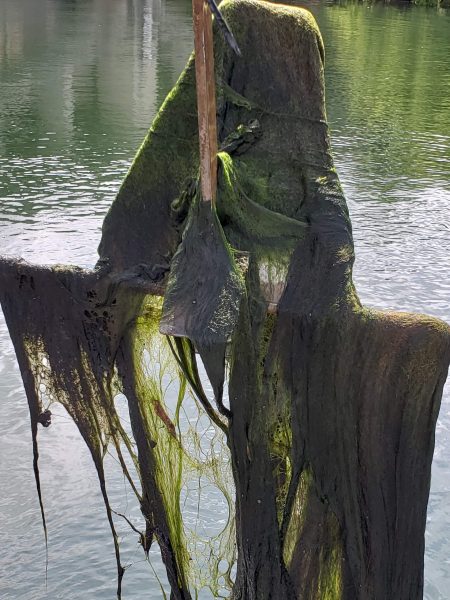UT-Austin geophysicists partner with city of Austin on lake initiative
September 23, 2021
The UT Institute for Geophysics started a partnership with the city of Austin on Sept. 7 to create 3D images of lakes in Austin, which the city will use to study water quality and algae.
Researchers hope to use the lake images to predict future sediment and water changes to guide citizens on things such as toxic algae blooms or maintaining clean water habits, according to a Sept. 7 press release. The project is funded by the UT Institute for Geophysics’ Blue Sky Initiative, a funding program for new research ideas, according to the press release.
Marcy Davis, an engineering scientist at the UT Institute for Geophysics, said she and fellow engineering scientist Dan Duncan started collecting data nearly 10 years ago from various lakes in Austin as a way to test their instruments. Davis said she realized their data could be used locally to help monitor water quality, so they reached out to Austin’s watershed protection department to collaborate.
“I’ve lived in this city for so long that it’s really fun to be able to do something that feels like it’s helping monitor water quality and quantity,” Davis said. “It’s great if we can pool resources and make sure that we have what we need with our growing city.”
The team used a multibeam echosounder, which uses sound to give a 3D representation of the lake, attached to a 26-foot aluminum boat to scour Lakes Austin and Travis, Duncan said.
“(The echosounder is) like a fish finder,” Duncan said. “But it has 1,000 different points roughly each time it pings.”
Duncan said he and Davis are not experts on water or water quality because they are geophysicists, but they teamed up with the city to help create geographical images of the lakes.
“We were providing tools and a little bit of geology background for the bottom stuff,” Duncan said. “And trying to combine our efforts to see if we can collaborate (to) hopefully help the city make decisions on what to do about the lakes (and) protect them.”



